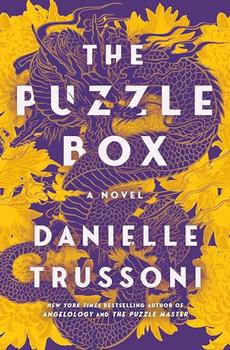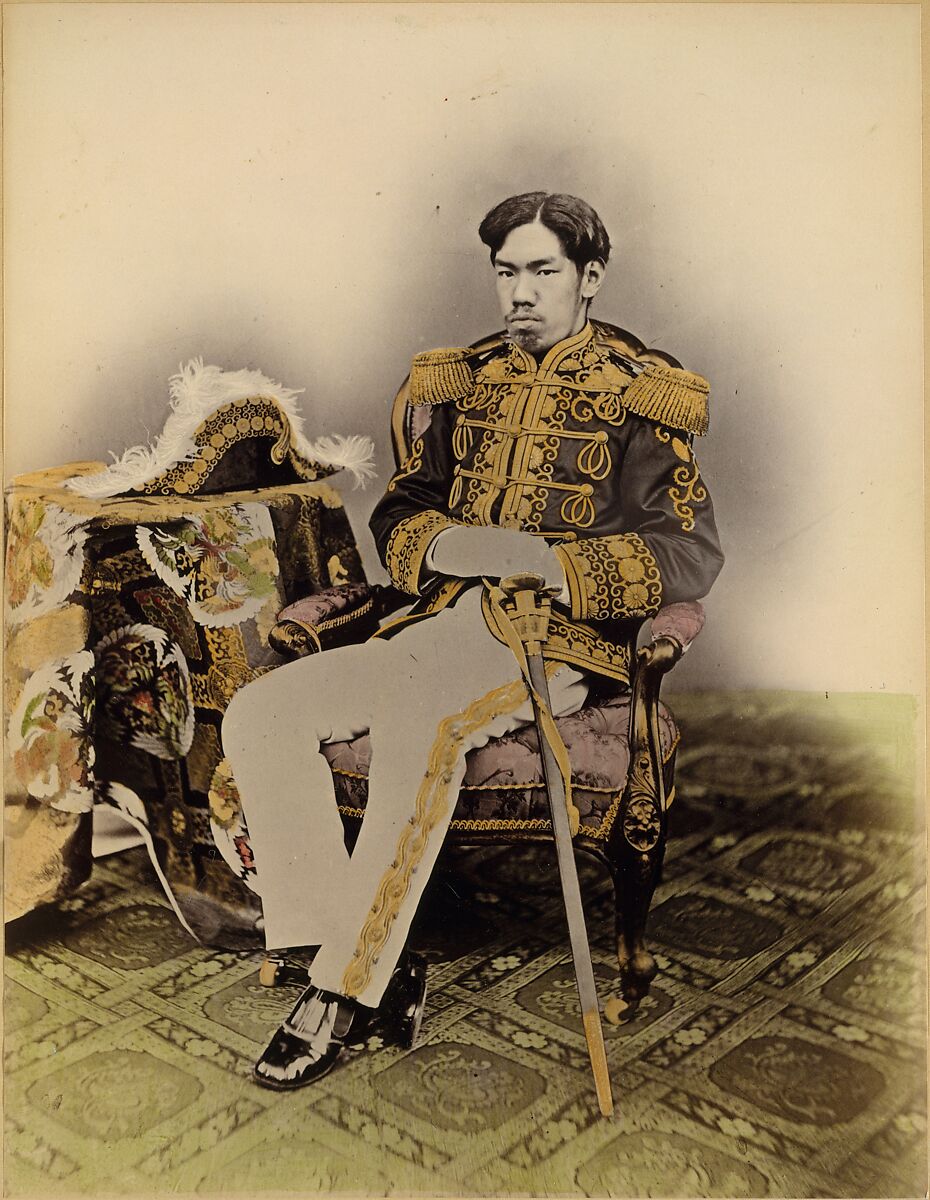Summary | Excerpt | Reviews | Beyond the Book | Read-Alikes | Genres & Themes | Author Bio

A Novel
by Danielle TrussoniThis article relates to The Puzzle Box
 Fictionalized events during Emperor Meiji's ascent to power set the scene for Danielle Trussoni's The Puzzle Box, including the titular puzzle box at the heart of this thriller. The Meiji Restoration era (1868–1889) is widely recognized as laying the foundation for modernizing Japan, and The Puzzle Box references Japan's first constitution, introduced during the period. The broader Meiji era lasted until 1912, with Japan angling for a role on the modern world stage at this point; however, the transition spanning the late Edo to early Meiji era is known as the Restoration.
Fictionalized events during Emperor Meiji's ascent to power set the scene for Danielle Trussoni's The Puzzle Box, including the titular puzzle box at the heart of this thriller. The Meiji Restoration era (1868–1889) is widely recognized as laying the foundation for modernizing Japan, and The Puzzle Box references Japan's first constitution, introduced during the period. The broader Meiji era lasted until 1912, with Japan angling for a role on the modern world stage at this point; however, the transition spanning the late Edo to early Meiji era is known as the Restoration.
Unlike most transitions of power, the Meiji Restoration was relatively tranquil; power was not wrested from the ruling Tokugawa shoguns in a violent rebellion (though there was some civil warfare) or due to simmering discontent with the old regime. In fact, the Tokugawa shogunate, along with the broader Edo period, was known for its relative stability and prosperity. During this time, Japan was an isolationist nation with a feudal fiscal, land, and military system.
In 1853, American commodore Matthew Perry arrived on Japan's shores with war ships, essentially demanding that the island nation open itself up to trade with the outside world. Initial trade agreements were heavily in favor of Western powers and left Japan without a sense of national autonomy. The ruling lords at the time recognized that Japan would not be taken seriously by modern Western powers until they too become modernized, industrialized, and to some degree, westernized. An alliance between powerful Chosu and Satsuma reformist elements developed and in 1867, Tokugawa Yoshinobu, the last Tokugawa shogun, resigned. The Restoration occurred in 1868 after a brief coup d'etat.
The new government's focus was on change, not tradition. They were pragmatic in their policies, tumultuous in their power structure and the actual policies themselves (this is what caused the tumult of the transitional period, rather than the carnage of war), and young. The "senior" leaders were only in their 40s, in a society that traditionally followed Confucian values venerating elder wisdom. Mutsuhito, later known as Emperor Meiji, was in his teens when the throne was passed to him.
The new government focused on three core principles in creating a modern Japan: 1) internationalization 2) national strength and solidarity and 3) centralization. They sent scholars to Western countries and invited Western scholars in, with the intent of learning new technologies for industrialization and modern banking systems, political structures for governance, even cultural customs around fashion and architecture. The Meiji Constitution was enacted in 1889 as a result. The government renegotiated the original international trade agreements, though some of these changes took many years to fully realize. They also introduced the military draft, enacted national standards on schooling for boys and girls alike, and disbanded the samurai class, seen as an unnecessary drain on national fiscal resources. The twenty years or so of the Meiji Restoration were comparable to a Silicon Valley start-up: a disorganized, tumultuous period that laid the groundwork for the modernization of Japan in the following decades.
Mutsuhito, The Meiji Emperor (1873) by Uchida Kuichi, courtesy of the Metropolitan Museum of Art
Filed under People, Eras & Events
![]() This article relates to The Puzzle Box.
It first ran in the October 16, 2024
issue of BookBrowse Recommends.
This article relates to The Puzzle Box.
It first ran in the October 16, 2024
issue of BookBrowse Recommends.
A library is thought in cold storage
Click Here to find out who said this, as well as discovering other famous literary quotes!
Your guide toexceptional books
BookBrowse seeks out and recommends the best in contemporary fiction and nonfiction—books that not only engage and entertain but also deepen our understanding of ourselves and the world around us.